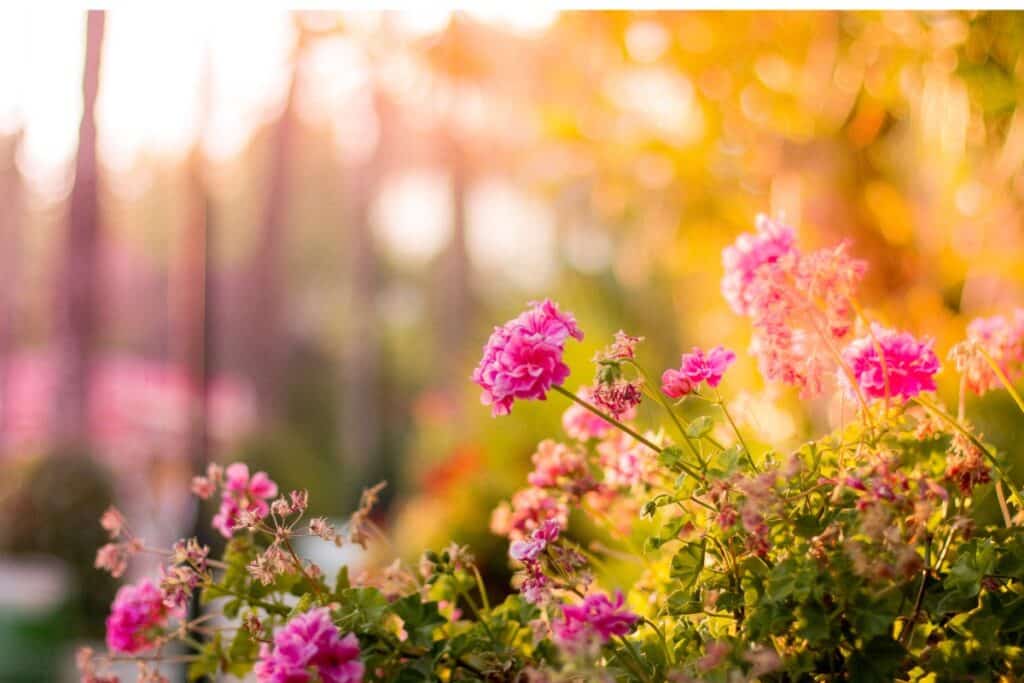Flowers, with their vibrant colors and enchanting fragrances, bring joy and beauty to any garden. However, maintaining the health and vitality of flowers requires vigilance, as these delicate beings are susceptible to various diseases. In this article, we’ll delve into the realm of common flower diseases and remedies to ensure your garden remains a blooming paradise.
Introduction Common Flower Diseases and Remedies
Flowers are not just aesthetically pleasing; they play a crucial role in the ecosystem, contributing to pollination and biodiversity. However, the presence of diseases can hinder their growth and compromise their beauty. Understanding these diseases and implementing appropriate remedies is essential for any avid gardener.
Identifying Common Flower Diseases and Remedies

The first step in combating flower diseases is to recognize the signs. Visual symptoms such as wilting, discoloration, and unusual growth patterns can indicate underlying issues. These symptoms can have various causes, including pathogens, insects, and environmental stress.
Root Rot: A Silent Killer
One of the stealthy culprits affecting flowers is root rot. This fungal disease attacks the plant’s root system, leading to wilting, yellowing of leaves, and, in severe cases, plant death. To prevent root rot, ensure well-draining soil and avoid overwatering. If infection occurs, treat with fungicides and adjust watering practices.
Powdery Mildew: The White Menace
Powdery mildew presents itself as a white powdery substance on leaves, inhibiting photosynthesis and stunting growth. Neem oil and baking soda solutions are effective natural remedies. Regular pruning to improve air circulation can also prevent powdery mildew.
Battling Leaf Spot Diseases
Leaf spot diseases manifest as dark spots on leaves, compromising the plant’s ability to harness sunlight. Prune infected leaves, and apply fungicides to control the spread. Copper-based fungicides are particularly effective against various leaf spot pathogens.
Dealing with Fungal Infections
Various fungal infections, such as rust and blight, can plague flowers. Remove infected plant parts, improve air circulation, and apply fungicides as a preventative measure. Organic options like neem oil are gentle on plants and the environment.
Insect Infestations: A Persistent Threat
Insects like aphids, mites, and caterpillars can wreak havoc on flowers. Introduce beneficial insects, such as ladybugs, to control pest populations naturally. In severe cases, use insecticidal soaps or neem oil to deter unwanted visitors.
Viral Threats to Flowering Plants
Viral infections often present as mottled or distorted leaves. To prevent the spread of viruses, practice good hygiene by disinfecting tools and avoiding cross-contamination. Remove infected plants promptly to protect healthy ones.
Environmental Stress and Flower Health
Environmental factors, including temperature extremes and poor soil quality, can contribute to flower diseases. Mulching, proper soil amendment, and providing shade during extreme weather conditions can mitigate these stressors.
Choosing Disease-Resistant Flower Varieties
Selecting flower varieties with natural resistance to common diseases is a proactive approach to gardening. Consult with local nurseries or gardening experts to identify plants suitable for your region and climate.
Proactive Gardening Practices
Maintaining a clean and tidy garden is crucial for preventing the spread of diseases. Remove fallen leaves, weeds, and debris regularly to eliminate potential breeding grounds for pathogens and pests.
The Role of Proper Watering
Overwatering and underwatering are common pitfalls that can compromise flower health. Be mindful of the specific water requirements of each plant and adjust watering schedules accordingly. Use a drip irrigation system to provide consistent moisture without creating waterlogged conditions.
Organic Remedies for Flower Diseases
For eco-conscious gardeners, there are various organic remedies to combat flower diseases. Garlic spray, compost tea, and essential oil solutions can be effective against pathogens while minimizing environmental impact.
Consulting Experts for Severe Cases
If your flowers are facing persistent and severe diseases, don’t hesitate to seek professional help. Horticulturists and plant specialists can provide tailored advice and recommend specific treatments to revive your garden.
Conclusion Common Flower Diseases and Remedies
In the world of gardening, preventing and addressing flower diseases is a continuous journey. By staying vigilant, implementing proactive measures, and choosing appropriate remedies, you can enjoy a flourishing garden full of vibrant, healthy flowers. Remember, the key lies in understanding your plants’ needs and creating an environment that fosters their well-being.
FAQs
How can I prevent root rot in my flowers?
Ensure well-draining soil and avoid overwatering to prevent root rot. Use fungicides if infection occurs.
What are some natural remedies for controlling insect infestations in flowers?
Introduce beneficial insects like ladybugs, and use insecticidal soaps or neem oil for severe infestations.
Are there flower varieties that are naturally resistant to common diseases?
Yes, consult with local nurseries or gardening experts to identify disease-resistant flower varieties suitable for your region.
Additional Information
https://www.gardeners.com/how-to/common-flower-diseases/8109.html
https://www.cillawnandgarden.com/en/tips/10-most-common-flower-diseases
Latest Posts
- What Types of Lettuces Can You Grow?

- How to Plant Onion Seeds for Maximum Germination

- How to Plant Parsnip Seeds for Maximum Germination

- How to Plant Mushroom Seeds for Maximum Germination

- How to Plant Lettuce Seeds for Maximum Germination

- How to Plant Kale Seeds: A Step-by-Step Guide to Maximum Germination Success!





